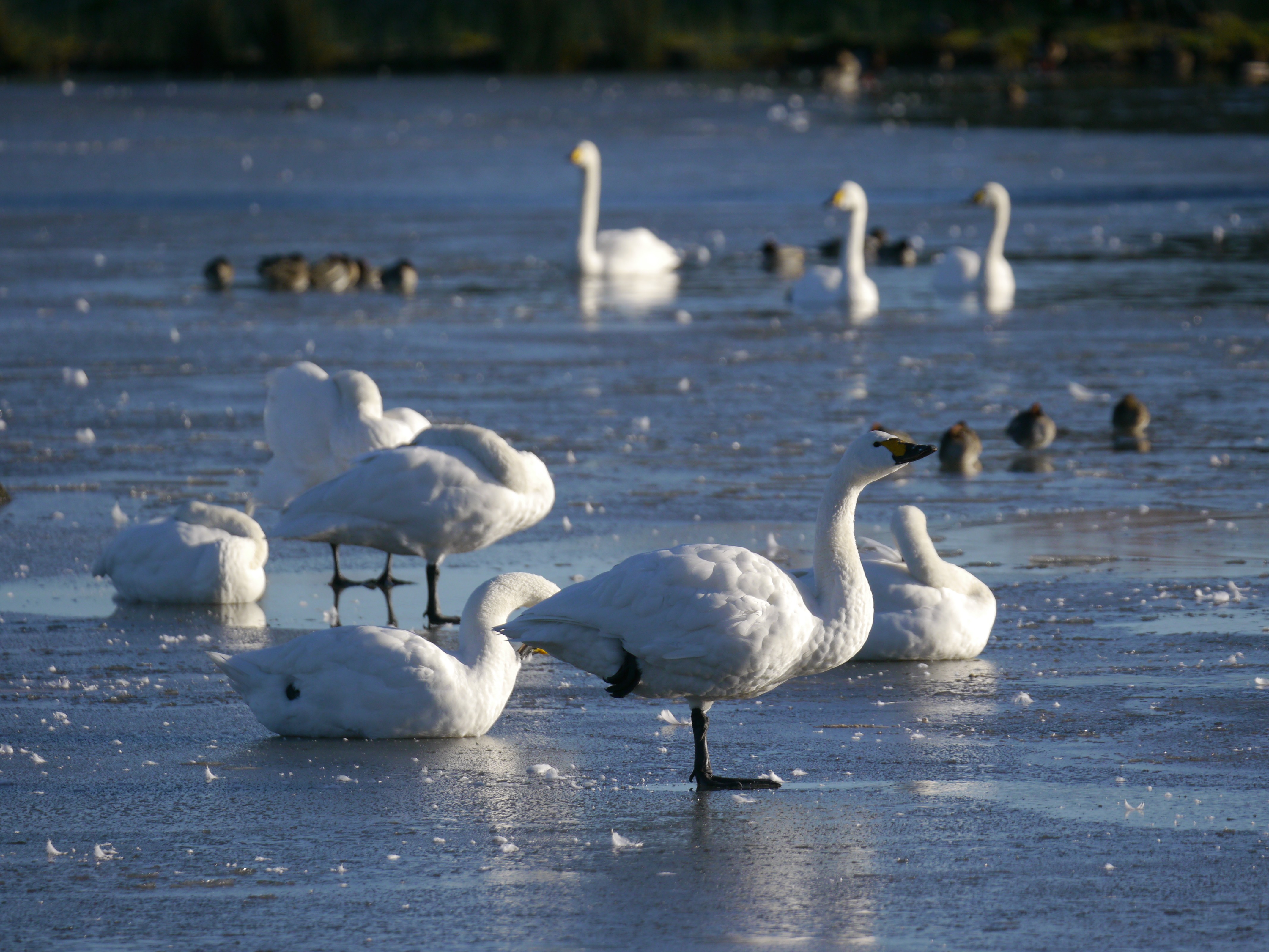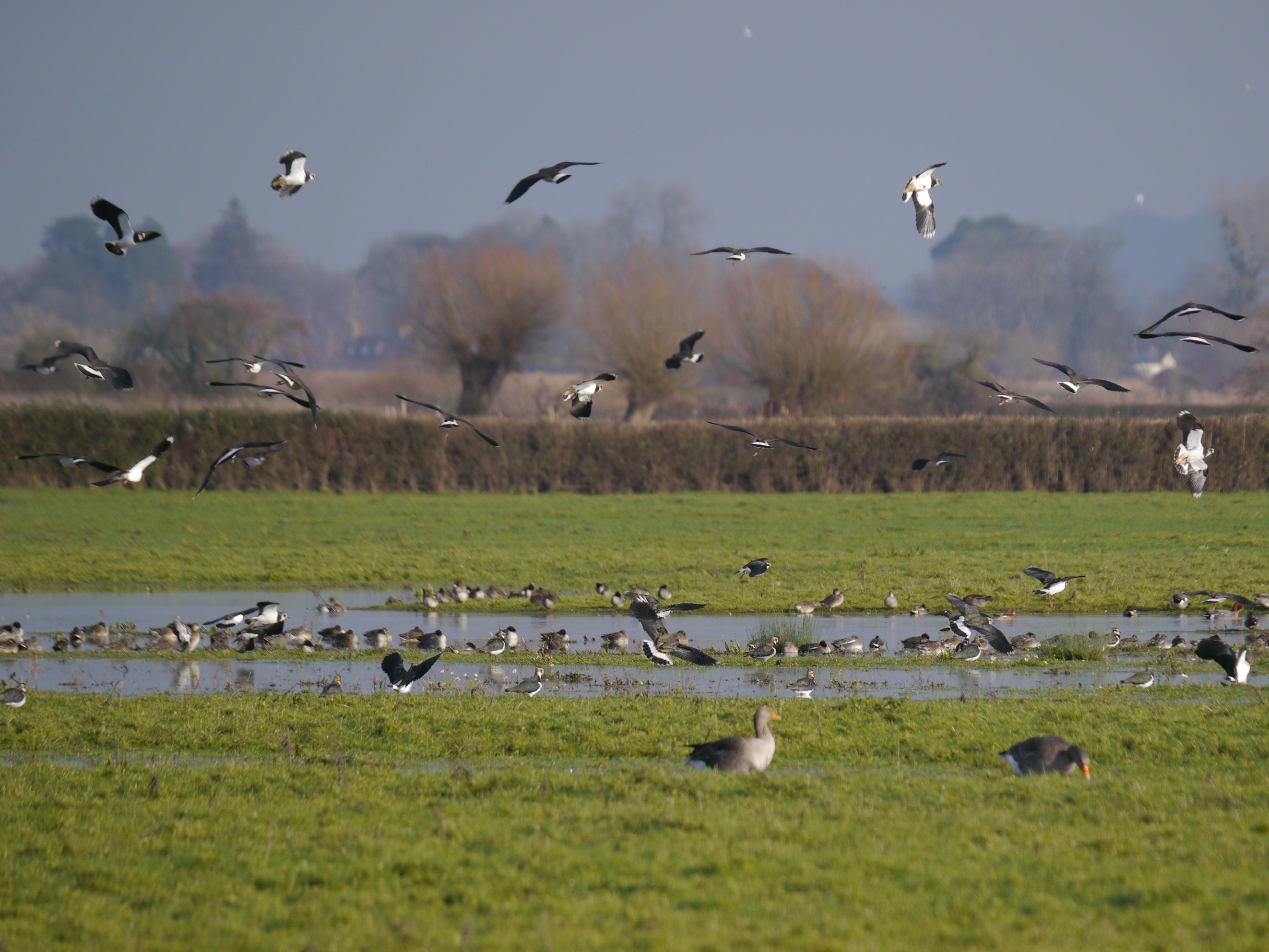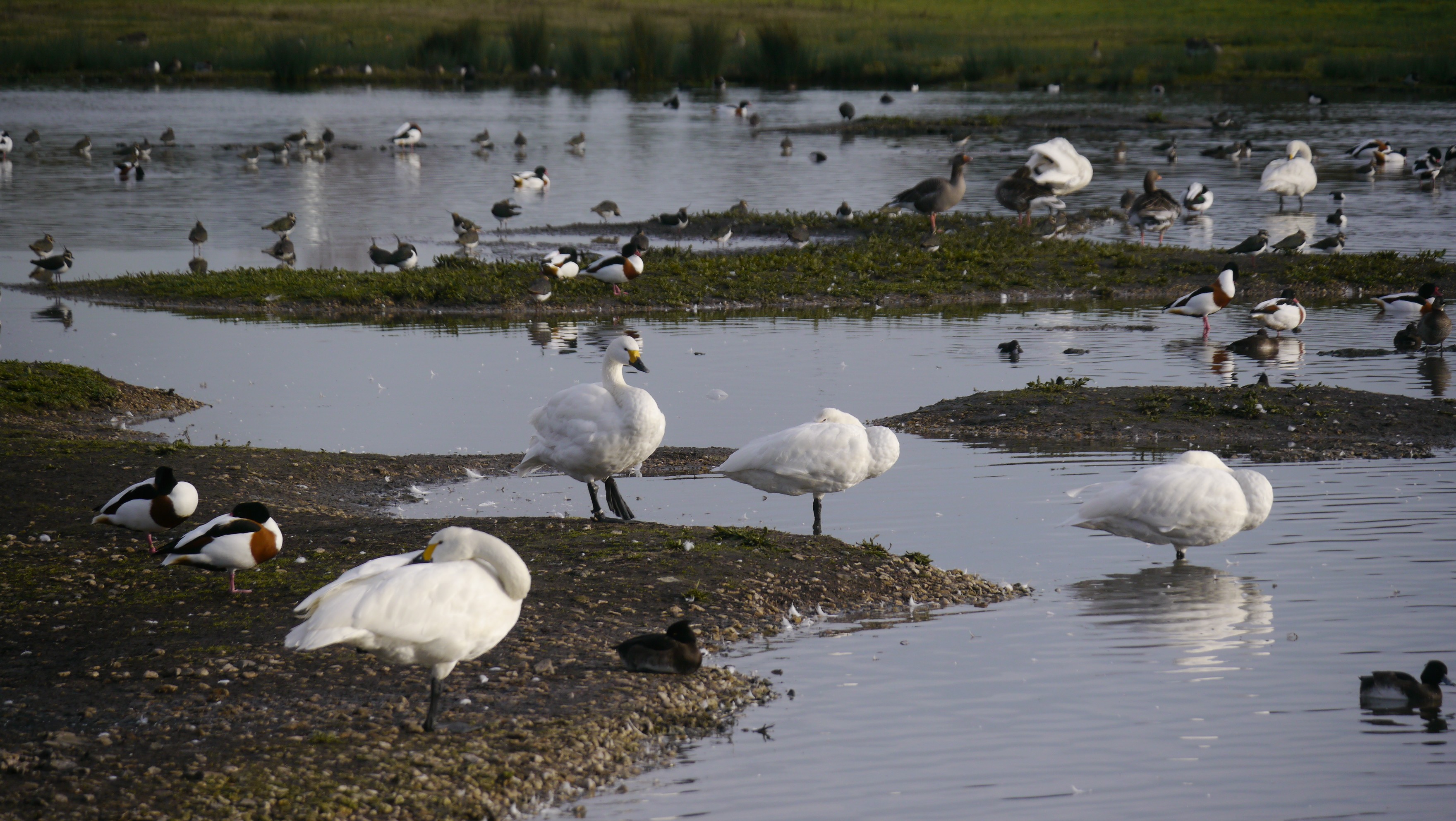Spring is coming
The arrival of spring feels like it has stepped up a gear this week
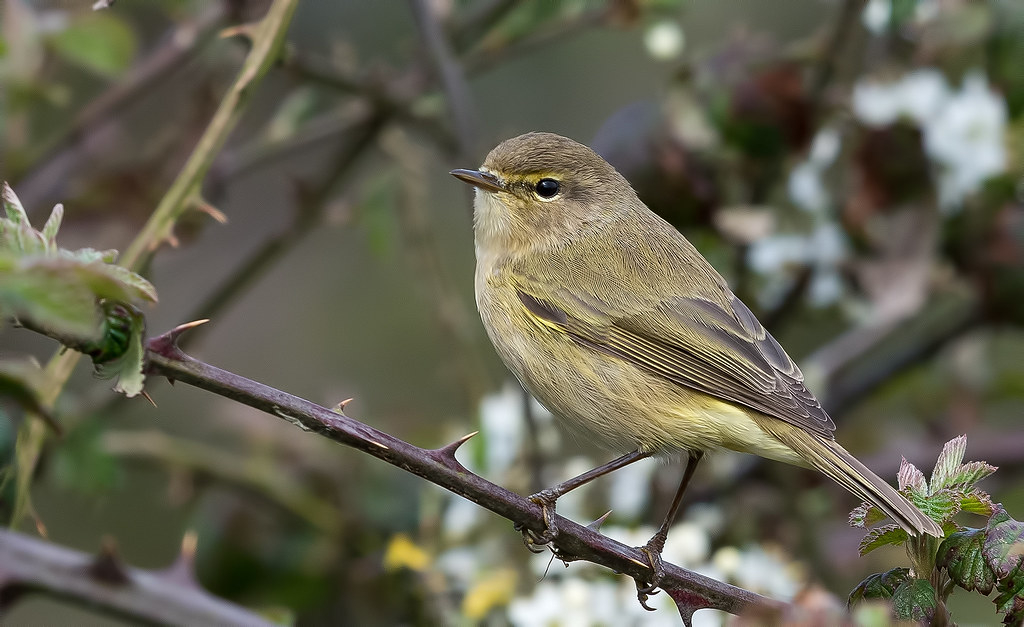
The arrival of spring feels like it has stepped up a gear this week with temperatures reaching the mid-teens, bird song filling the air and a rather empty Rushy now that all of our Bewick's Swans have departed.
With temperatures rising and the first spring migrant passerines starting to arrive in the UK the team have been working hard to finish off some of our winter tree work, and this week it was the time to coppice trees along a section of bank just south of the Hogarth Hide. The willows here had become very tall and acted as ideal perches for predators to survey the South Lake and swoop down to take eggs and chicks from our breeding waders. Coppicing the willows has reduced this risk and the regrowth will provide ideal habitat for passerines in the coming years, not least our warblers. This section of bank is a regular breeding territory for a pair of Whitethroat who should be back with us in April. We've taken care to keep the dense bramble scrub here for nesting, and a few elders to act as song perches for the male.
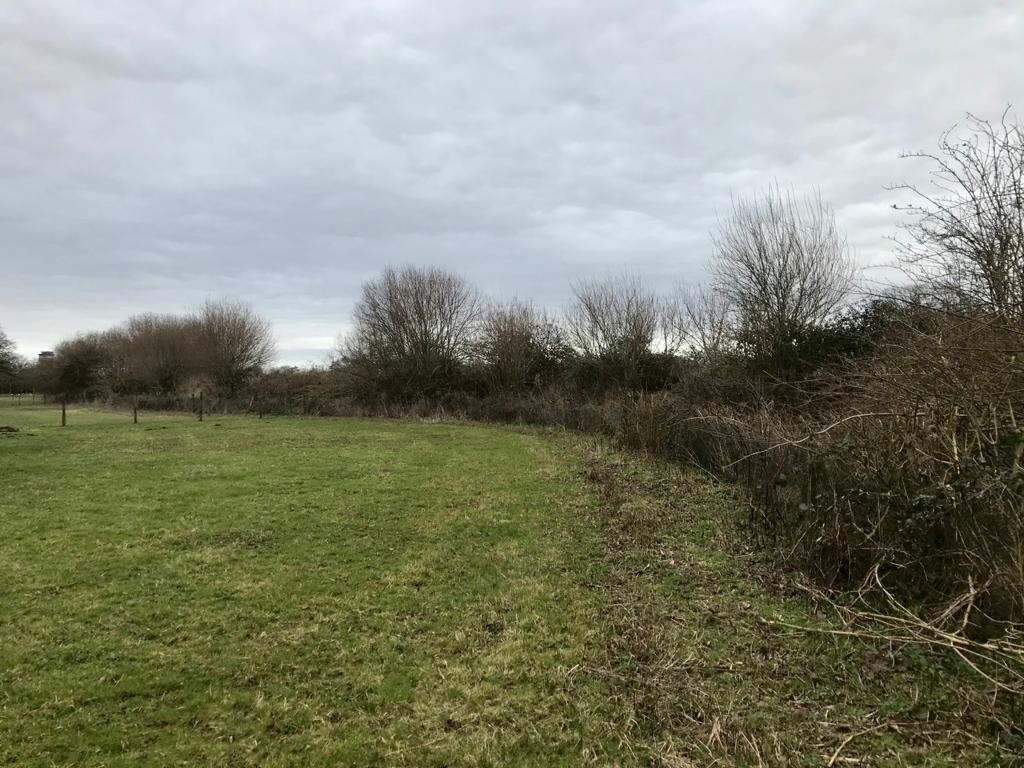
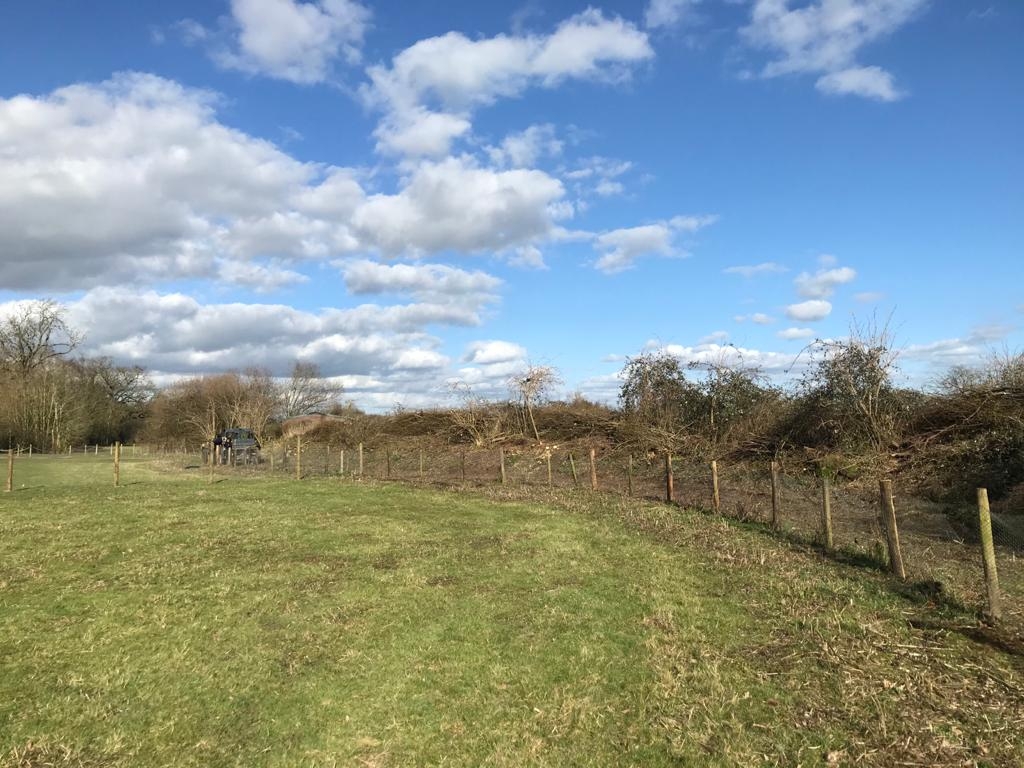
Following the Government's announcement on plans to ease lockdown restrictions in the coming months, WWT will be looking closely at the details as they are released to assess when and how all our Wetland Centres can reopen. Check the WWT website for the latest information here.
Bewick's Swan update
On Monday a total of 52 Bewick's Swans were on the reserve, most spending their time on the Tack Piece. A few returned to the Rushy at lunchtime, but none stayed for the afternoon feed at 4pm. By the time of the evening feed at 6:30pm all but one of the birds were on the Tack Piece, stood silently in the growing darkness. It really did feel as though the birds were waiting for the final decision to leave. By 7pm the birds had disappeared into the darkness and at some point that night they started their journey back to Russia. As we arrived for work on Tuesday morning we checked the reserve in case birds were out on the estuary, but nothing could be seen of them.
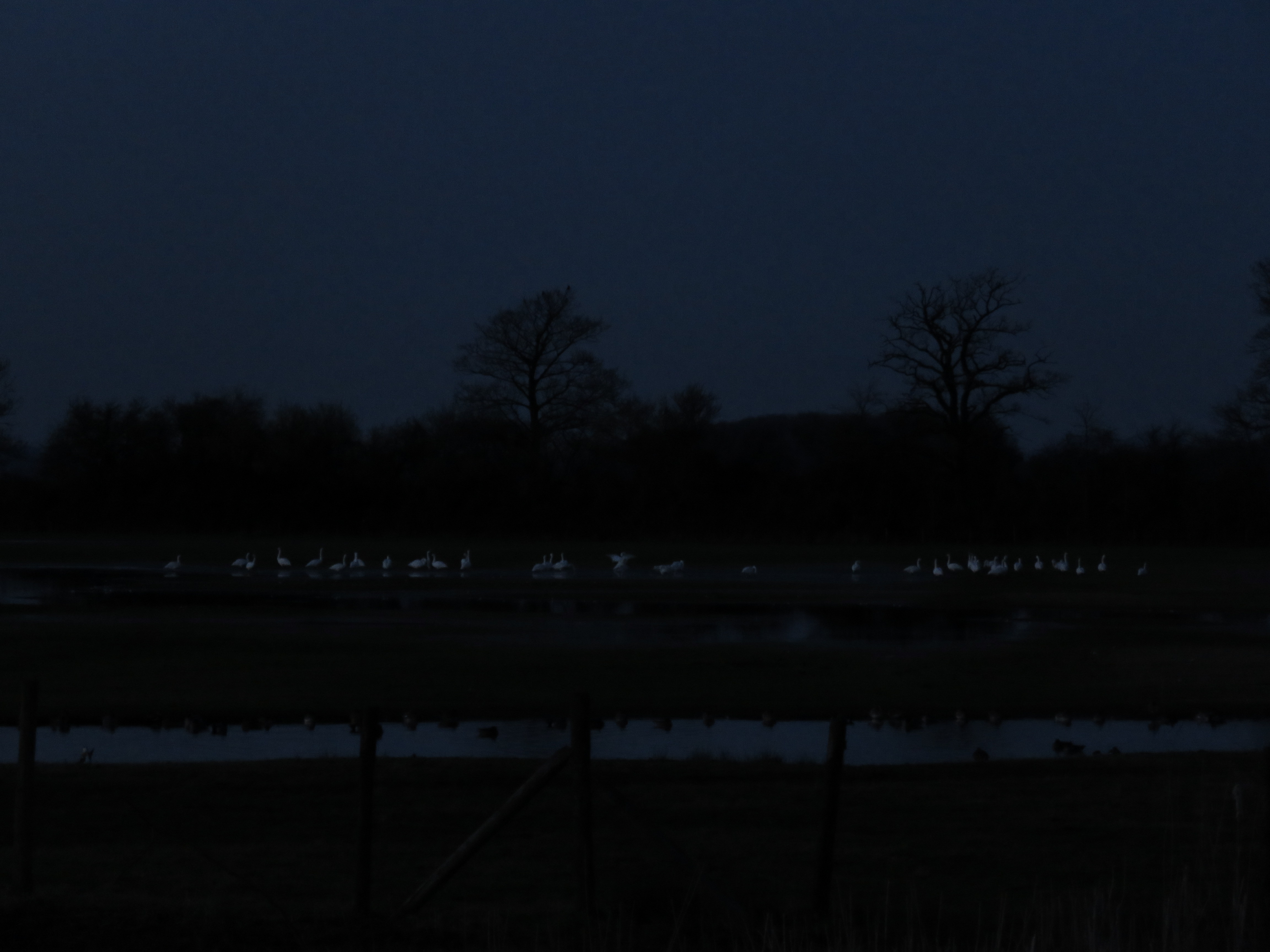
A quick check of national bird news services and social media saw several reports of birds on the move on Tuesday, including a flock of 56 birds heading north-east over Sidestrand in Norfolk. Could these have been the Slimbridge flock who had picked up another pair on their journey? Sadly this time we will never know but social media has proven valuable this year to document the rare u-turn the birds made a few weeks ago. Read more about it in a previous blog here.
We wish them well on their journey as not only do they face the rigours of a 2500 mile migration, they will also have to avoid power lines, wind turbines and the threat of being illegally hunted depsite being protected in every country they occur in. Find out more about WWT's work to protect the species, including our Swan Champions project, here.
Other wildfowl
Numbers of wildfowl have dropped a little more this week as birds depart for breeding grounds. We're keeping a close eye on our breeding species to see what they're getting up to this season. Our Shelduck have begun gathering and displaying on the rooftops of our hides and flamingo houses, a sure sign that spring is here. Soon the birds will settle down to nest and come June we should be over-run with fluffy humbug ducklings - fingers crossed!
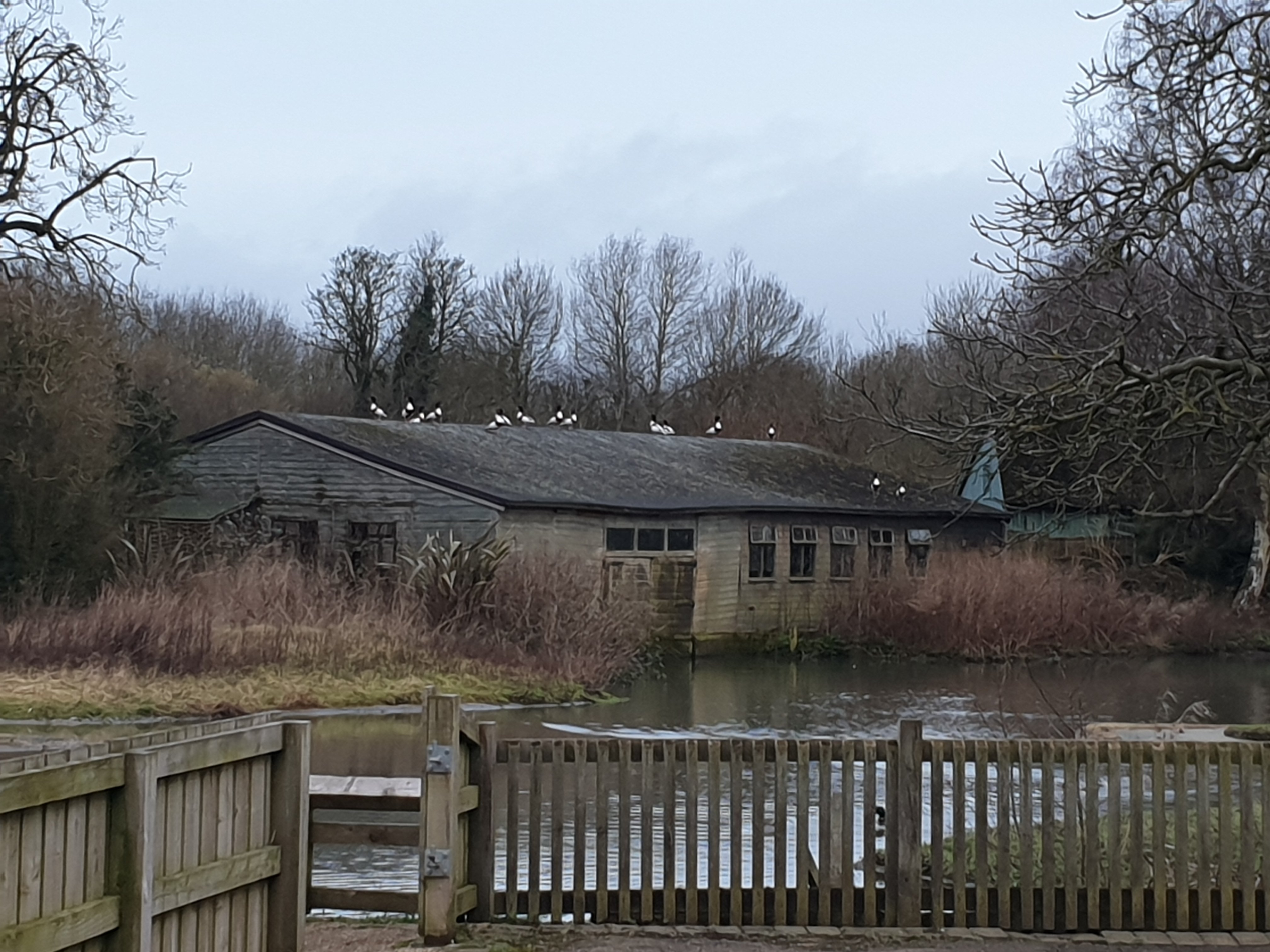
The Cackling Goose is still with us, spending most of its time on the Dumbles with the Canada Goose and Barnacle Goose flocks. Our White-fronted Geese have made brief visits to the Dumbles but have spent most of their time in the south of the reserve in the Four Score field, viewed from the Kingfisher Hide. At least 170 birds were present this morning (Friday 26th February). It won't be long before they too will be leaving for their breeding grounds in Russia. The lone Pink-footed Goose was still with them, and whether this bird will migrate with the White-fronts east or reconnect with a flock of Pink-feet when it passes through Norfolk is sadly an unknown.
Other geese of note locally have included a pair of Pale-bellied Brent Geese, found by a local birder. This race of Brent Goose is rare in Gloucestershire with birds not recorded annually unlike their cousin the Dark-bellied Brent Goose. The birds haven't yet been seen on the reserve or down the estuary, but a Dark-bellied Brent Goose was present on the Dumbles this morning after disappearing for a few weeks.
Waders
Avocet numbers exploded this week with 66 on the reserve on Wednesday further increasing to 87 on Thursday. The temperatures dipped down to freezing on Friday morning and numbers reduced back to 63 birds. The colder conditions also pushed off some of our Redshank and all of our Ruff with none of the latter species seen on this morning's rounds (Friday 26th).
A nice addition to the week's waders was a Green Sandpiper on the Rushy. This may be the bird that has been seen and heard on-and-off through the winter months. A spring progresses we will be on the lookout for migrant species passing through the estuary including Grey Plover, Bar-tailed Godwit, Knot and Sanderling. We should also see numbers of Black-tailed Godwit increase on the South Lake as they stop off to refuel on their journey to Iceland. As numbers increase we usually see several colour-ringed birds drop in so we will keep you posted as they arrive.
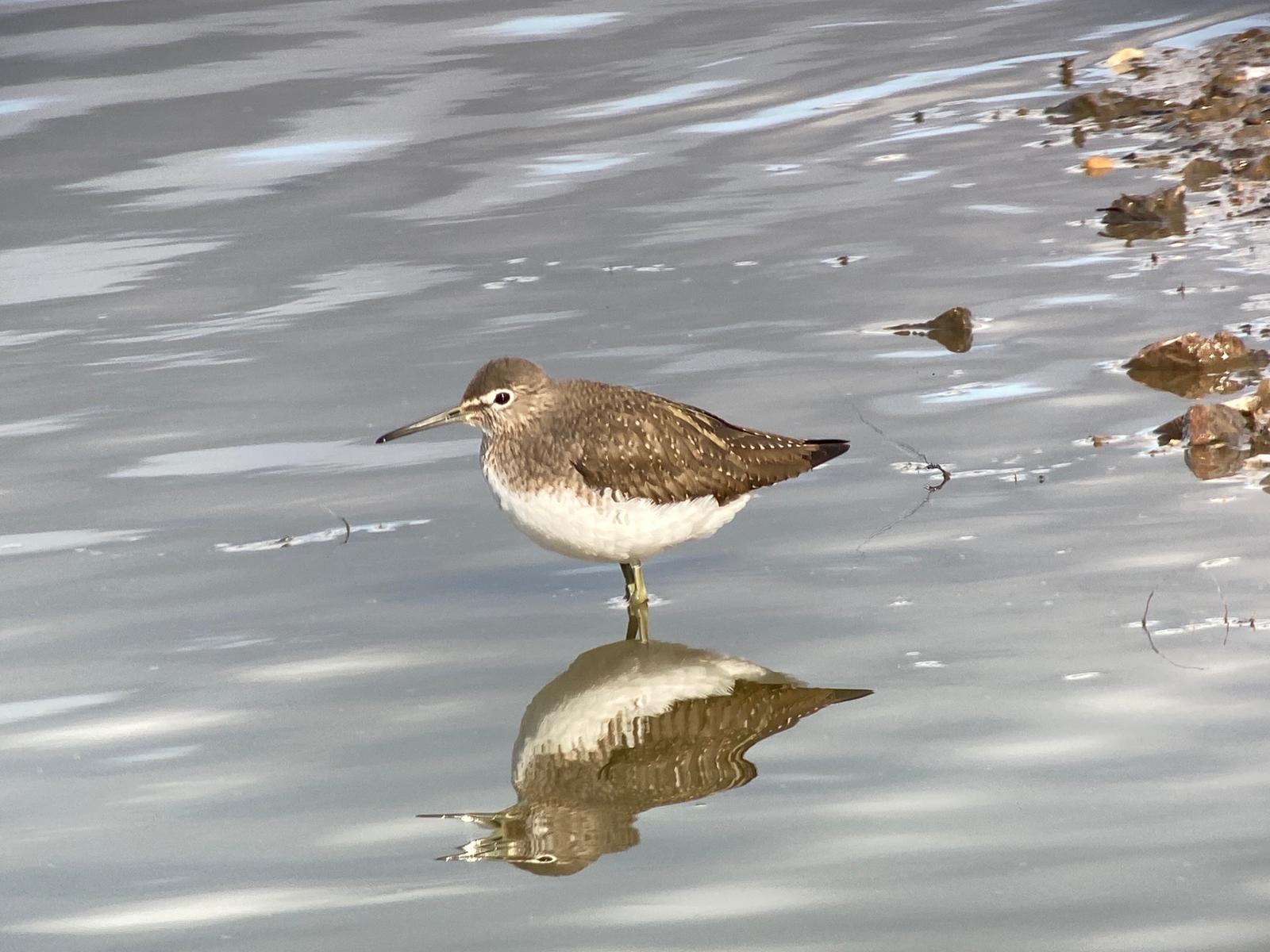
Crane update
We've started to see a little more of our Cranes this week, with pairs becoming more vocal too. Monty & Evie have been seen in the roadside fields, with Monty's ex-partner Sedge often over the hedge in the next field. What will happen this season? Whilst they've been exploring the roadside fields another pair, Kia & Chocolo, have moved back in to the Rushy which was previously the breeding territory of Monty & Sedge. In 2020 Kia & Chocolo nested on the islands in front of the Martin Smith Hide and hatched one chick but sadly couldn't raise it to fledging.
Ruby and her unringed partner have been in the roadside fields, and are also regularly seen further inland south of Slimbridge village. This pair usually nest on the South Lake. Also seen this week have been Wendy & Albert, Oakie & Sherbert and Phelps & Elizabeth Royal. Over the coming weeks we hope to see an increase in activity as pairs become more vocal and start to dance before settling down to nest.
Other notable species
This week we've recorded our first singing Chiffchaff on the reserve, with two heard on Thursday. They join the growing bird song from our resident species with Blackbird, Song Thrush, Greenfinch, Reed Bunting, Robin and Skylark all in full song this week.
An adult winter plumaged Little Gull was present on the South Lake on Sunday, and likely to be the bird seen a few days earlier to the north of the reserve. Highlight of the week were a pair of Spoonbill tracked flying up the estuary and passing over the reserve on Thursday. We hope to see a few more of these amazing birds as the spring progresses. Elsewhere other breeding birds have become evident, not least our Little Grebe starting to return to breeding territories. Birds have been seen on the South Lake, South Finger at the Kingfisher pond and Duck Decoy in the last couple of days.
Birds of prey this week have included a Merlin hunting the passerines in the Severn Ground wildbird headland and two Red Kites drifting over on Thursday.

